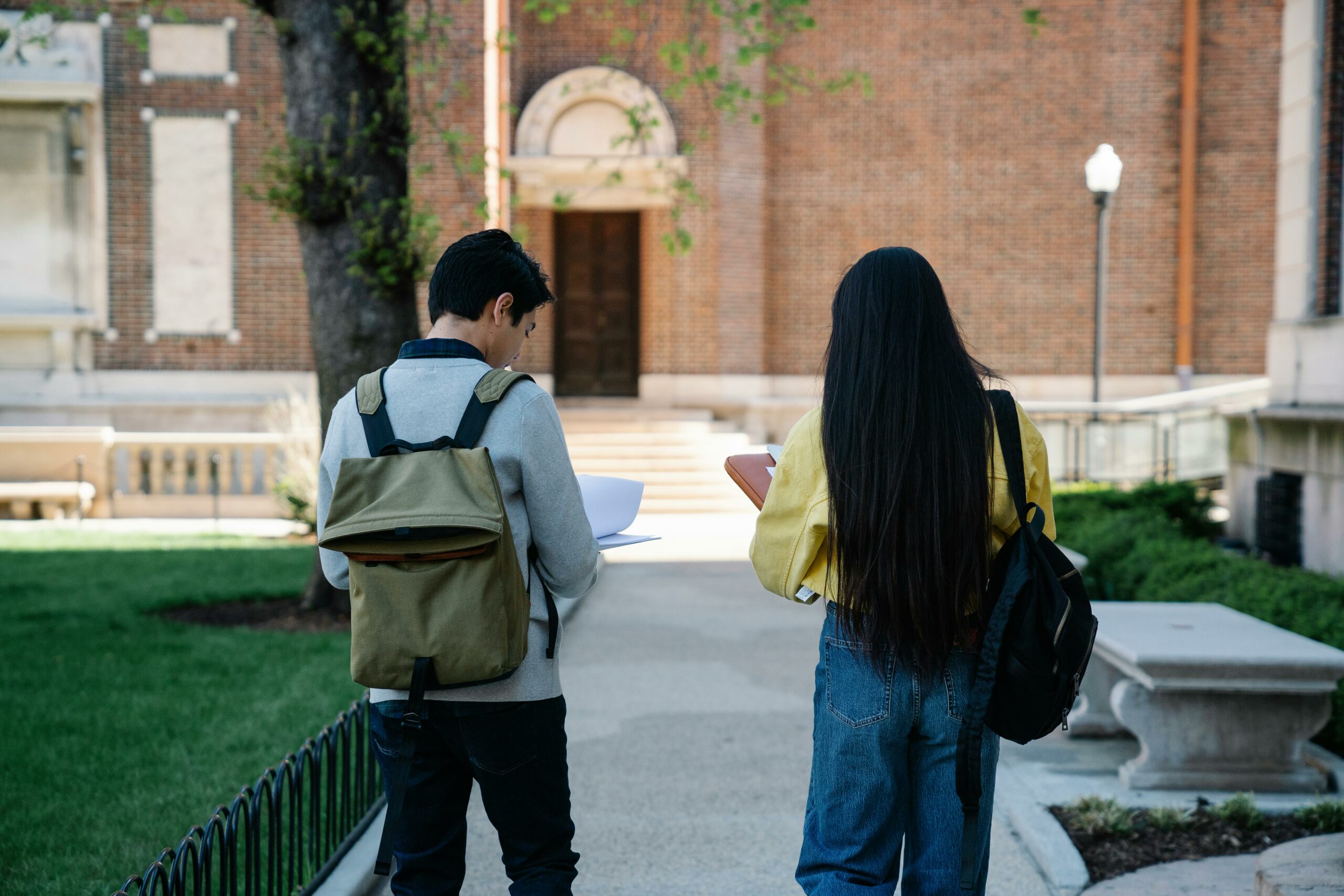
While each case is different, it’s important to follow the same framework to ensure that all investigations are fair, thorough and legally compliant.
An employee is accused of making inappropriate comments and groping a coworker. Someone complains that an employee has been siphoning the company’s inventory and selling it online. A supervisor allegedly speaks to their team members in an offensive, demeaning and bullying tone. These are just a few examples of when a workplace investigation may be in order.
When you successfully address the root cause of the issue and take appropriate corrective action, you minimize the risk of harm to the affected individuals and the business at large.
Read on to learn how to conduct an effective workplace investigation from complaint to closure.
Is an investigation really necessary?
Whenever an informal or formal complaint is raised or the employer otherwise learns of conduct that raises a red flag, an investigation is generally in order. Not investigating could expose the organization to liability if it knew or should have known about the situation but failed to adequately address it.
Are there times when the immediate removal of an employee from the workplace would be justified without an investigation? Maybe. Let’s say an employee lunges at someone with a knife. In that case, immediate removal from the workplace under a zero-tolerance workplace violence policy could be considered justified.
However, even in cases of egregious misconduct, the best course of action may be to suspend the employee with pay while you investigate the incident. And always consult with counsel as needed.
Workplace investigations step by step
Whether the complaint is in writing or verbal, you’ll want to walk through the same steps to effectively address the concerns. But before you get to the actual investigation, there are a few things you need to know about how to respond to the initial complaint.
Don’t promise confidentiality
While you should try to maintain confidentiality, don’t promise the complainant or anyone else involved in the investigation that everything they share will be kept confidential. That’s because the information they provide may need to be shared with the accused or witnesses to elicit relevant information during the investigation.
If someone asks whether the information they’re sharing will be kept confidential, let them know it may be shared with others on a need-to-know basis, but reassure them that the process will be conducted with discretion.
Separate the accuser from the accused, if necessary
If the allegation involves harassment or a hostile work environment, you may need to immediately separate the accuser from the accused. This could mean a schedule change or a transfer, but be careful not to do anything that could be construed as a penalty against either employee at this point.
For example, a complaint about workplace harassment is generally considered a legally protected activity. If the accuser is subjected to adverse employment action, such as an involuntary transfer, as a result of the accusation, they could have grounds for a retaliation claim. This is true even if the underlying harassment claim proves to be unfounded.
Select an investigator
The investigator will dictate the tone, scope and quality of the investigation. The main thing is to make sure they have the knowledge, experience and resolve to remain objective, stay on task and reach a timely, fair and objectively reasonable conclusion based on the information gathered in the course of the investigation.
Start by asking who can take on the role without any actual or perceived bias. For instance, if the proposed investigator is friendly with the accuser or the accused, that could give the perception of bias.
Ask whether the investigator:
- Has experience conducting workplace investigations
- Has knowledge of applicable labor and employment laws
- Is detail oriented
- Is likely to remain neutral when interviewing the accuser, the accused and potential witnesses
- Can maintain decorum and confidentiality as needed
There are several places to look for an investigator, with the human resources (HR) department usually coming to mind first.
HR professionals generally are well-versed in labor and employment laws and possess strong interpersonal skills — they’re in the “people” business, after all. A representative from HR can be a sound choice so long as they don’t have a personal relationship with any of the parties involved.
If HR isn’t an option, an in-house attorney is also a sound choice. Or you can hire a third-party investigator. This can be a good choice if you don’t have someone with the right skills or there’s a risk of actual or perceived bias. If you decide to go with an outside investigator, have them work closely with HR as they conduct interviews and gather evidence.
Come up with a game plan
Once the investigator is in place, create a detailed plan for the investigation. Be sure to include:
- What the issue or complaint is
- Who will be interviewed initially (including their name, title and relationship to the accused or accuser)
- What questions will be asked
- What documentation may be available as supporting evidence
- The process for taking and retaining information disclosed during the investigation
The witnesses and interview questions may change as the investigation evolves and uncovers new evidence, but it’s good to have a roadmap to start.
Give yourself time
From complaint to closure, the length of an investigation can vary widely.
For instance, let’s say an employee complains that their coworker verbally harassed them. During the investigation, it’s discovered that this was the first time the accused had ever used any ill words against the accuser. The investigator also learns that the accuser, by their own admission, threw the first verbal punch and neither employee has a record of any type of workplace misconduct. Both employees realize the errors of their ways and vow not to engage in that type of behavior again.
The investigation would likely wrap up quickly in this case. But investigations aren’t always that cut and dried.
Let’s alter the facts and say that one of the employees has a history of verbal harassment and that one more infraction is grounds for their termination. They have denied the most recent allegation and claim multiple witnesses can prove they were the victim of their coworker’s tirade. In this alternative scenario, the investigator would need to interview witnesses and evaluate their credibility to figure out what really happened.
Conduct the investigation
Regardless of how much time you expect the investigation to take, follow a consistent framework. Responding to complaints in a uniform manner is key, since any complaint could become fuel for a future lawsuit against the organization. The human resources association SHRM suggests taking the following steps:
- Interview the accuser to go over the details of their complaint and who can be called as a witness.
- Based on the accuser’s statement, identify who to interview next (the accused or a witness) and conduct your next interview.
- Based on that interview, decide whether any follow-up questions should be asked of the accuser.
- Assess the credibility of all parties who have been interviewed.
- Come up with an appropriate action to be taken based on the findings. Recommendations can range from written warnings to separation of the accused from the accuser or even termination.
- Write an investigation report summarizing:
- What the investigator did and why
- The timeline of the investigation
- How the complaint came about
- The interviews conducted
- Any other evidence considered
- The findings
- Action taken to remedy the situation
- Any employment policies or procedures factored into the investigation
- Discuss the findings of the investigation with the accuser and the accused separately.
- If the accuser’s allegations had merit, follow up with them to ensure no further issues have arisen.
- Consider whether the workforce could benefit from anti-harassment or another type of training.
Credibility determinations, interviews and investigation notes
How to judge a witness’s credibility
Assessing credibility is an important part of the investigation process. Gene Thornton of Thornton Workplace Investigations says there are several factors to consider when assessing credibility, including:
- Whether and to what degree a witness’s statement corroborates what others have said, what records show, etc.
- How likely it is that they fully observed what happened (For instance, how close were they to the parties when the questionable conduct occurred?)
- Whether they have a reputation for being truthful or dishonest
- Whether their recollection of what happened seems reasonably plausible
- Whether they have a motive to lie (for instance, for some self-serving purpose or due to bias toward the accused or the accuser)
- Their demeanor during the interview
In most cases, these factors will help the investigator make a sound judgment about the credibility of a witness.
Take detailed investigation notes
A workplace investigation could easily come under scrutiny by a government agency, such as the Equal Employment Opportunity Commission (EEOC), a judge or a jury. Be sure you’ve meticulously followed all the steps in the process and that the final report is sufficient to defend the organization against any subsequent claims. If you look back on a workplace investigation and see missteps that could spark future liability, focus on correcting them for future investigations.
Remember that any documentation, including notes and emails, may later be discoverable if a lawsuit results; talk to counsel if you have questions about discoverability issues.
Keep interviews uniform (and impartial)
Inconsistency in the way interviews are conducted can easily land your organization in hot water. It’s hard to convince a fact-finder that an impartial investigation has taken place when the investigator asked alternative lines of questioning, coerced a witness into giving a desired answer or rendered their own opinions during an interview.
To avoid this, use the same interview strategies with all witnesses and ask open-ended questions.
A workplace investigation in action
Here’s an example of a workplace investigation cited by the EEOC:
An employee complains that their supervisor disciplined them more harshly than their colleagues because of their race. Title VII of the Civil Rights Act expressly prohibits discrimination on the basis of race. And the organization has a written policy stating that employees must be treated fairly, which means they cannot be singled out because of their race or any other protected trait when being subjected to an adverse employment action.
How should the organization respond? According to the EEOC, it’s critical to take the complaint seriously and investigate it so the alleged misconduct doesn’t continue to happen. Start by:
- Asking the employee to explain why they believe they were treated differently and to identify the employees they think were treated more favorably
- Asking their manager to explain the disciplinary actions taken against them, as well as the disciplinary actions taken against other employees who committed similar infractions, the reason for the actions and the reason any employees may have been treated more favorably than others
- Determining whether the disciplinary policy has been consistently applied (This will need to take into account whether the complainant and the alleged comparators are first-time or repeat offenders of the same or similar infractions, since the level of discipline may be different depending on the number and type of offenses.)
- Considering whether there’s some other reason the employee was treated differently
If evidence of discrimination is present, the EEOC says to intervene immediately, correct any discriminatory effects and prevent the discrimination from happening again.
In this example, the disciplinary action to which the employee has been subjected should be amended. And if they would have received any pay, seniority or other benefits had they not been disciplined, those should be awarded, too.
The organization would then need to decide whether the manager who administered the disparate discipline should be disciplined and, if so, how. From there, the organization should inform them about the investigation, the results and the basis for the action.
In addition, the EEOC says to document the results of the investigation and any corrective action taken.
A few more tips for an airtight workplace investigation
Now is a good time to review your workplace investigation policies and practices to ensure you are effectively handling employee complaints from intake to closure.
Ogletree Deakins notes that internal investigations often reveal “ongoing, large-scale, institutional” issues, which, if left unremedied, could open the organization up to increased legal risks and lower employee morale. Here are four proactive steps they recommend to ensure you are well prepared for an internal investigation:
- Be sure investigators are well trained to:
- Interpret new vernacular being used in employee complaints
- Write investigatory reports
- Handle nuanced and complex matters
- Keep an up-to-date list of qualified outside investigators to call on.
- Regularly review and update organizational policies, paying special attention to your code of conduct, procedures for handling complaints and whistleblower protections.
- Conduct an organizational assessment to see if you can spot patterns or practices that may have an adverse effect on the workplace culture.
One last piece of advice to keep in mind
If a workplace investigator ever feels in over their head or the investigation reveals systemic patterns of discriminatory or otherwise unlawful conduct, consider getting an attorney involved as soon as possible.
An attorney who is adept at workplace investigations can help you navigate any challenges while preserving privilege, where it applies, if the allegations also spark a lawsuit.
Additional information
For more information on how to conduct a proper workplace investigation, reach out to our Human Resources Consulting team.
This content is for informational purposes only and not for the purpose of providing professional, financial, medical or legal advice. You should contact your licensed professional to obtain advice with respect to any particular issue or problem. Please refer to your policy contract for any specific information or questions on applicability of coverage.
Please note coverage can not be bound or a claim reported without written acknowledgment from a OneGroup Representative.
Written content in blog post: Copyright © 2023 Applied Systems, Inc. All rights reserved.










